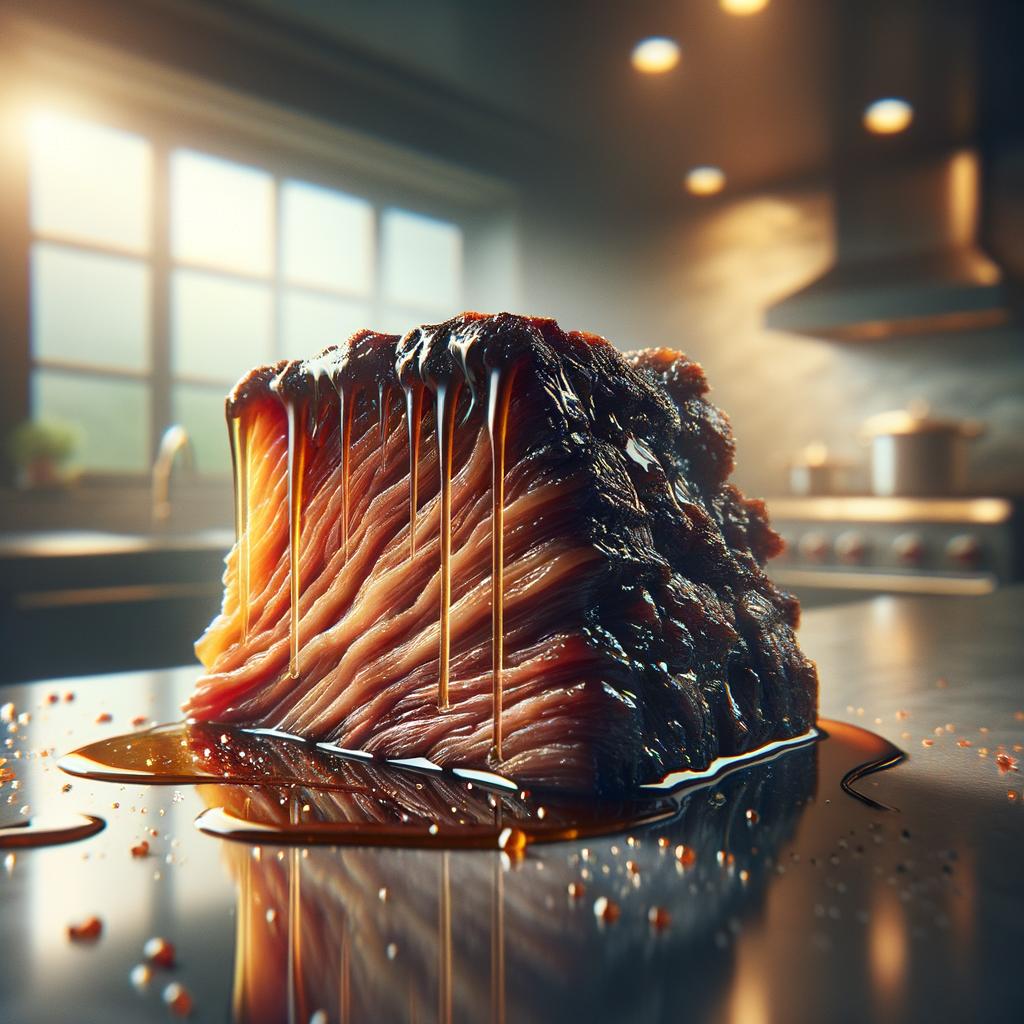Beef Drippings

Description
Ah, beef drippings. A humble yet exquisite ingredient that has graced our kitchens for centuries. It's an unassuming byproduct of roasting or frying beef, a liquid gold that's left behind in the pan.
The appearance of beef drippings is akin to that of a glossy, rich, amber-hued nectar when warm, and it solidifies into a creamy, buttery consistency when cooled. The texture is smooth and velvety, melting instantly on your tongue. The flavor profile is intensely savory, a concentrated essence of beef, with a depth and complexity that is both robust and delicate. It's this unique, unparalleled flavor that sets beef drippings apart from other fats and oils.
Primary Uses
Beef drippings are a versatile ingredient, used extensively in both traditional and modern culinary applications. They are often used to roast potatoes, creating a crisp, golden exterior and a fluffy interior that's simply irresistible. In Yorkshire, England, beef drippings are a key component in the preparation of Yorkshire pudding, a classic British dish.
Beyond the realm of the culinary, beef drippings also have a place in home remedies, particularly in old-school treatments for chapped lips and dry skin. They also hold a significant place in cultural practices, used in the making of candles for certain rituals and ceremonies.
History
The use of beef drippings dates back to the time when no part of the animal was wasted. Our ancestors learned to harness the value of these drippings, incorporating them into their cooking to enhance flavor and provide sustenance.
Interestingly, during the World War II, there was a drive in Britain encouraging households to save their kitchen fats, including beef drippings, which were then used to make explosives. This practical yet intriguing history highlights the resourcefulness of our forebears and the versatility of beef drippings.
Nutritional Information
Nutritionally, beef drippings are a rich source of monounsaturated fats, the same heart-healthy fats found in olive oil. They also contain vitamins A, D, E, and K, which are fat-soluble and therefore easily absorbed when consumed with fat.
While beef drippings are high in saturated fat, recent studies suggest that saturated fat may not be as harmful as once thought, especially when consumed as part of a balanced diet. Compared to vegetable oils, beef drippings have a higher smoke point, making them safer for high-heat cooking.
So, the next time you roast or fry beef, remember the liquid gold that forms in your pan. Beef drippings, with their rich history, versatile uses, and nutritional value, are truly a treasure in our kitchens.

